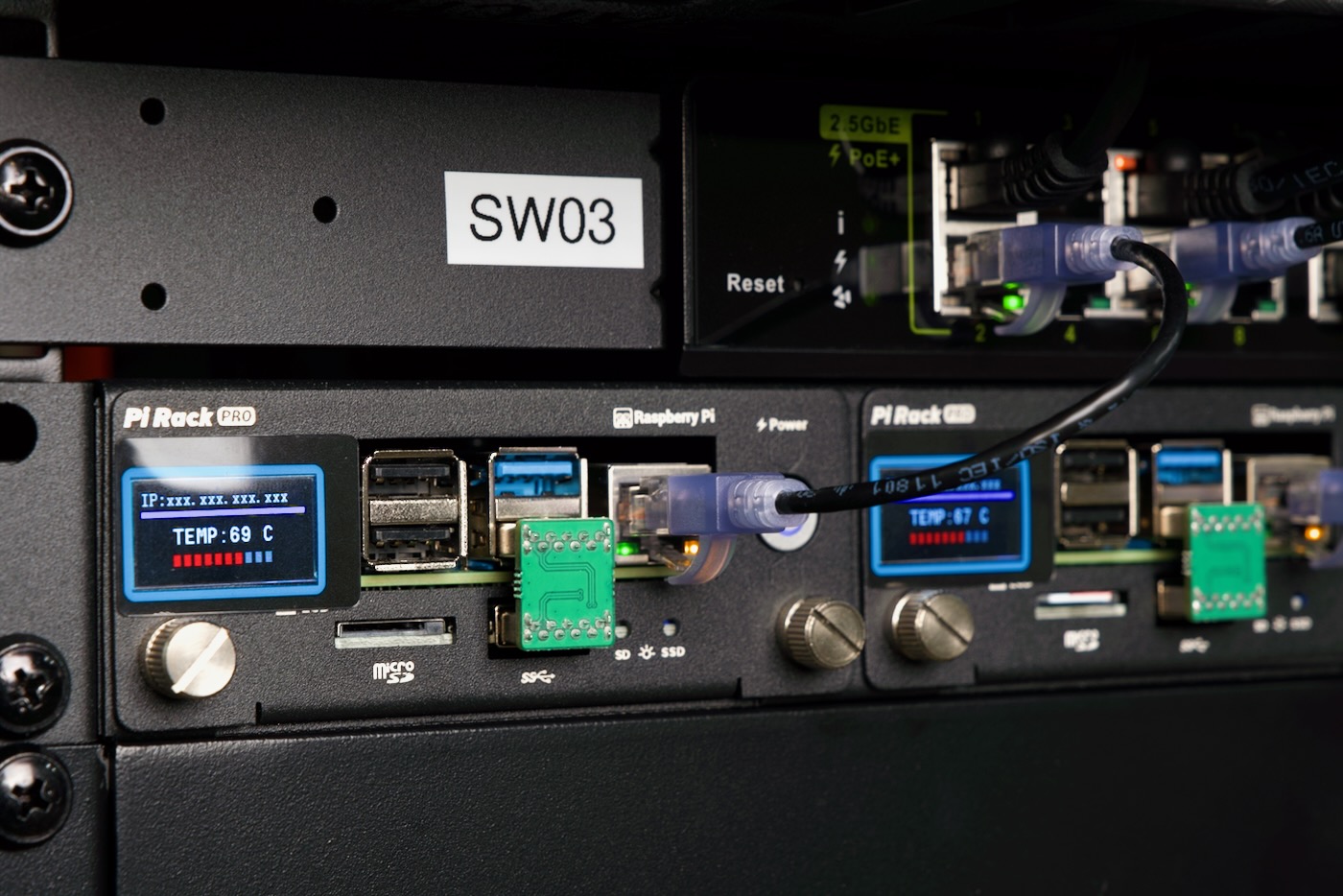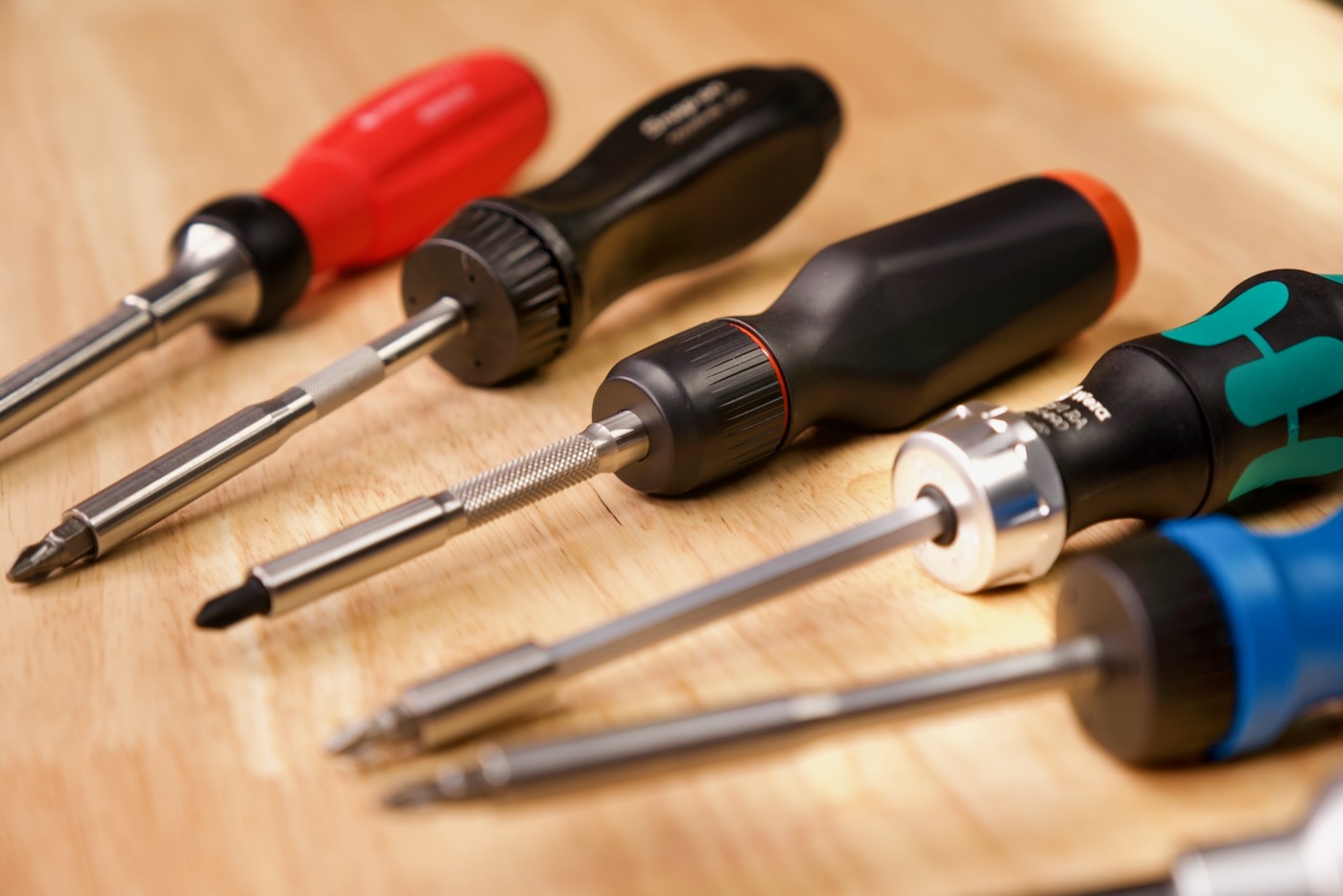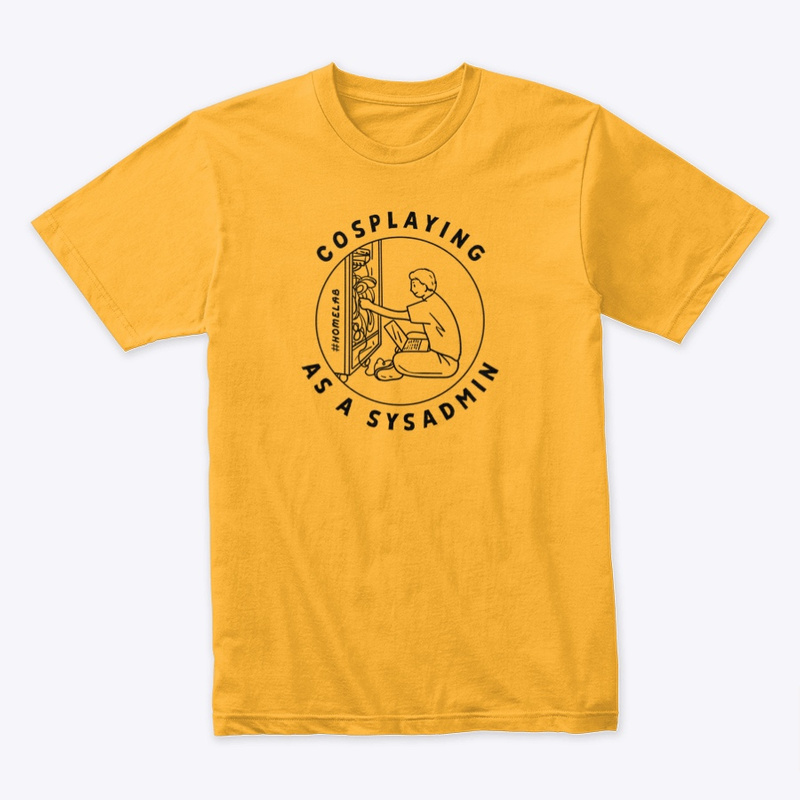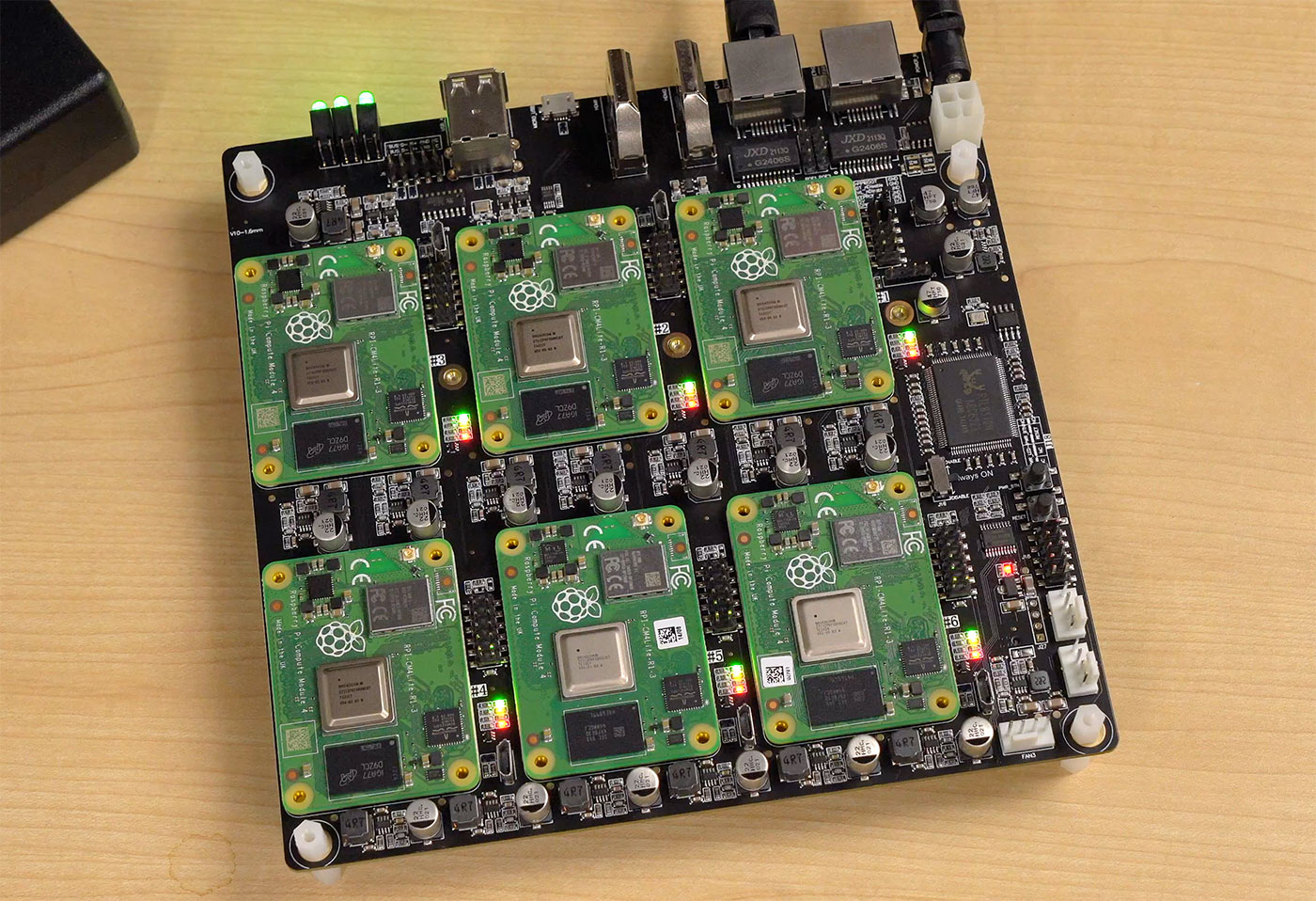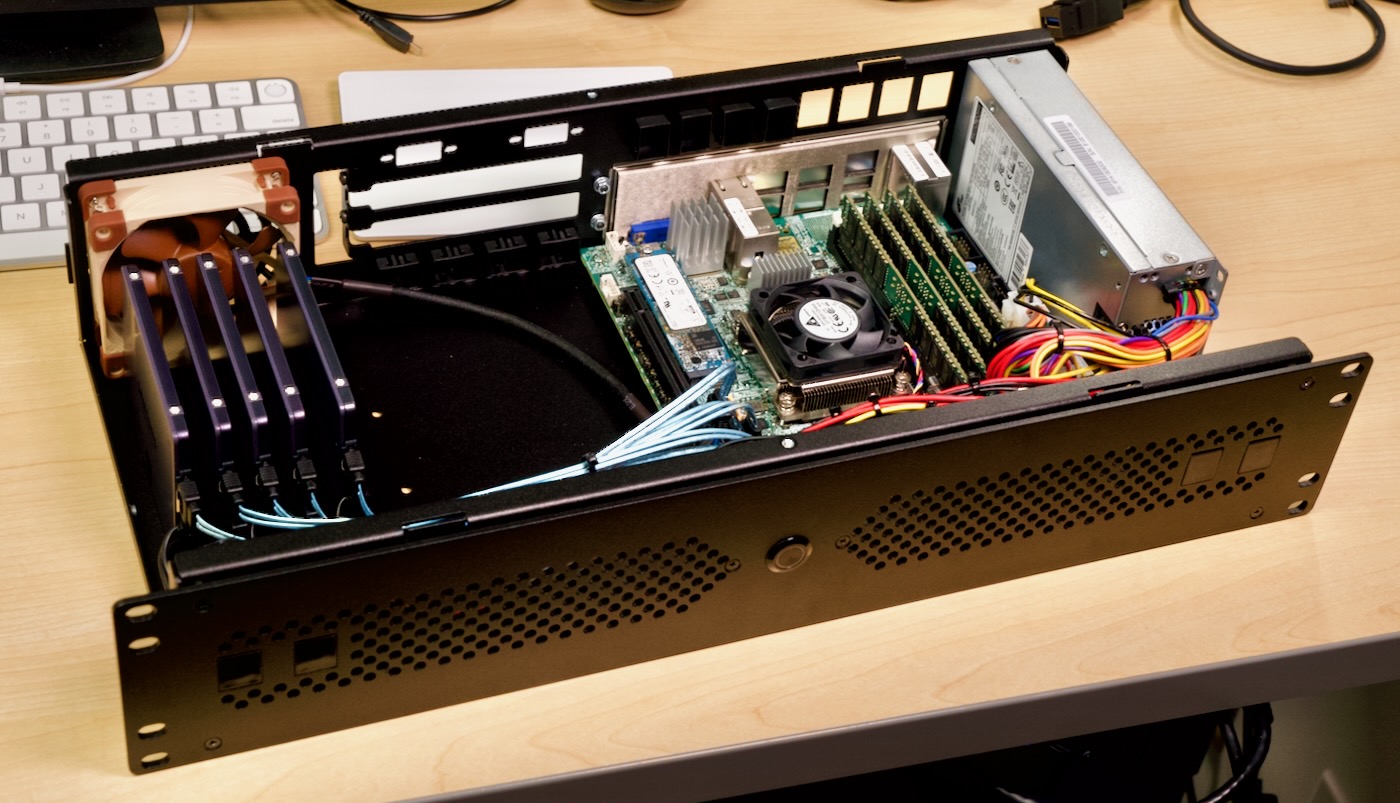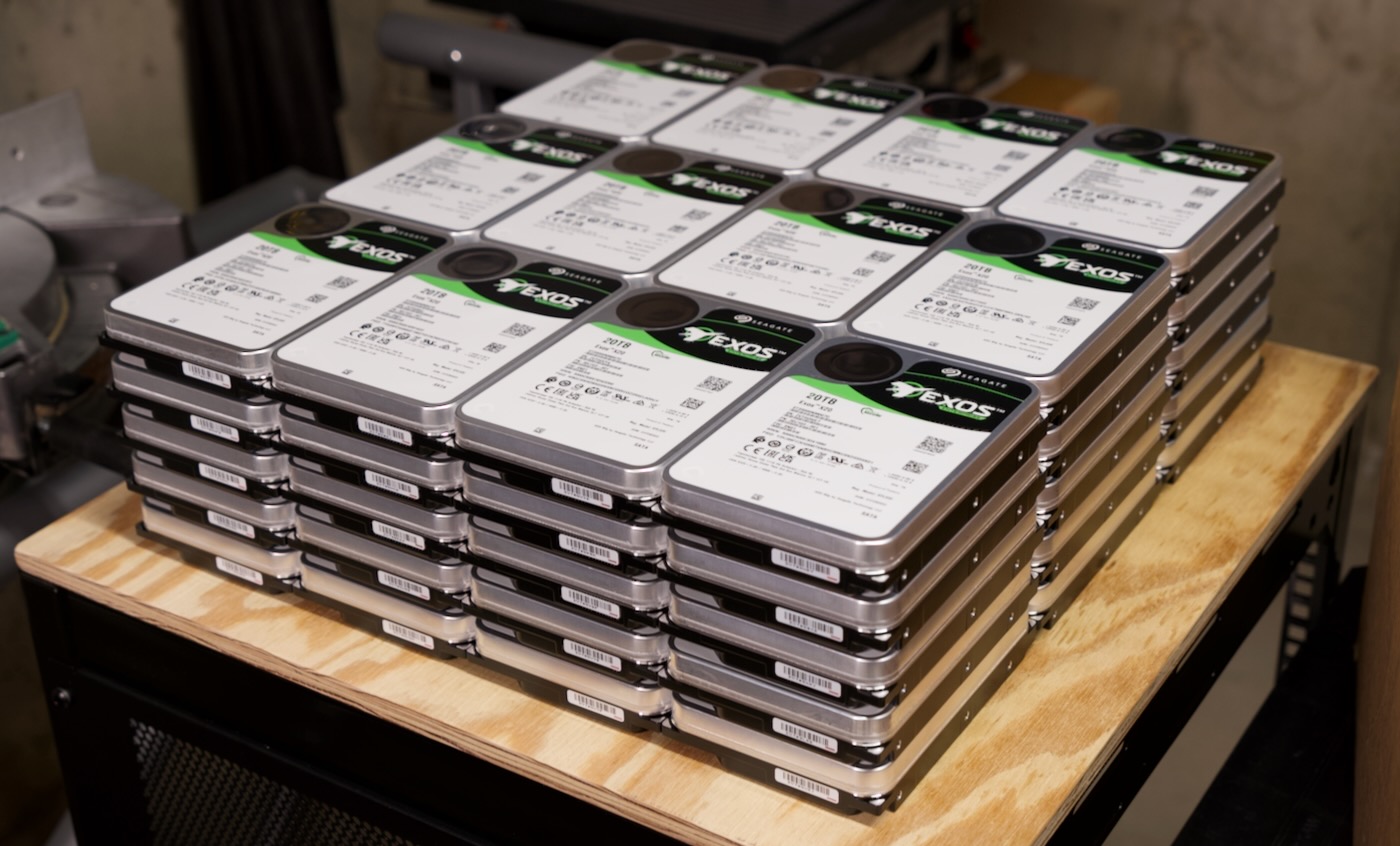I watched TheOdd1sOut's How to Find Inspiration and remembered the most important lesson I learned from my high school English teacher:
Short is good. Short is hard.
The teacher didn't exactly put it like that. But he harped on something nobody else did: writing concisely.
Every week we would read a work of American literature. And every Friday we'd turn in a one-pager encapsulating our knowledge of the book. I was an odd duck for how much I enjoyed the game: no playing with margins or font sizes. I had to cram an entire book into one page, double-spaced, with 1" margins, a title line, and a byline.
I remember spending Thursday nights honing my text, usually down to around 500 words. We would get a slight bonus for conveying more with fewer words.
That's surprisingly difficult for teenagers conditioned to churn out a specific word count. TheOdd1sOut commiserates:
